Top 12 Biggest Ports in the World in 2024
Shipping ports are multipurpose regions maintained for secure, safer, and reliable ship voyages. A place or location at the sea coast mainly made available for a ship’s docking or for transferring people or cargo is termed a port.
Many ports have been constructed and are operational worldwide to serve excellent waterway transportation. Ports can be ranked based on many criteria, such as Cargo volume and container size.
Ports’ handling capacity is measured in TEU (Twenty-foot Equivalent Units). Based on this unit of calculation, we have rated ten ship ports as the biggest ports in the world.
Incidentally, most of these rated marine ports are on the Asian continent, and when this statistic is further narrowed, they mostly emerge from a single country—China.
The list of the largest ports in the world is constantly changing. This is mainly because of the development taking place in every country worldwide regarding marine cargo transportation and commercial networking.
Below are the top 12 biggest ports in the world in 2024.
1. Port of Shanghai, Shanghai, China
With five working areas, the Port of Shanghai became the biggest port in the world, surpassing the Port of Singapore. It is located in Shanghai, China.
Between January and October 2023, 40.20 million TEU were handled by the port of Shanghai, which has both – a sea and a river port.
The port of Shanghai is a source of significant economic activity in the Yangtze River area, which has helped further the financial status of regions like Zhejiang, Jiangsu and Henan.
It has a capacity to handle cargo of about 744 million tonnes, which allows efficient management of 32.5 million containers of dimension equal to standard TEUs of containers simultaneously.
It is stretched at an area of 3,619 km² at the delta or convergence of the Yangtze River, and the port is owned by the International Port Group in Shanghai (SIPG).
The port involves the three most crucial container port areas, located at Wusongkou, Waigaoqiao, and Yangshan. There are 125 berths in total, and the quay stretch is approximately twenty kilometres long.
One-fourth of International trade from China is carried out from this port, and on average, about 2,000 container ships are served by this port monthly.
2. Port of Singapore, Singapore
Once rated as the world’s largest port, the port of Singapore has slipped a couple of places and is now ranked second in the same category. From the Singaporean economic perspective, the port of Singapore plays a very important role as it caters to the re-export market on a mammoth scale.
The Singapore port is connected to over 600 ports in more than 100 countries. In terms of handling, the ship port handles a fifth of the global cargo containers and is responsible for the transit of nearly 50% of the global crude oil supply.
The Port of Singapore’s cargo handling capacity is about 537.6 million tonnes. This port receives about 140000 vessels annually. From January to August 2023, this port handled 392.3 million tonnes of cargo.
PSA Singapore, in joint collaboration with Jurong Port, manages the port and various port terminals.
The locations of major port terminals of the Port of Singapore are Pasir Panjang, Tanjong Pagar, and Sembawang. Keppel, Jurong and Brani. It houses about two hundred four quay cranes and plenty of gantry cranes.
3. Port of Ningbo, Ningbo-Zhoushan, China
The Ningbo-Zhoushan port, formed as a collaborative venture between the Ningbo port and the Zhoushan port in 2006, is the second-largest marine port in the world.
Catering to three rivers—the Yangtze, the Yong, and the Qaintang—the port expected a huge boost from the construction of a new terminal.
The Port of Ningbo, Zhejiang, with a handling capacity of more than 453 million tonnes of cargo, is next on the list of biggest global ports. It is valued at 15.6 million TEUs and handled 30.20 million TEUs between January and October 2023.
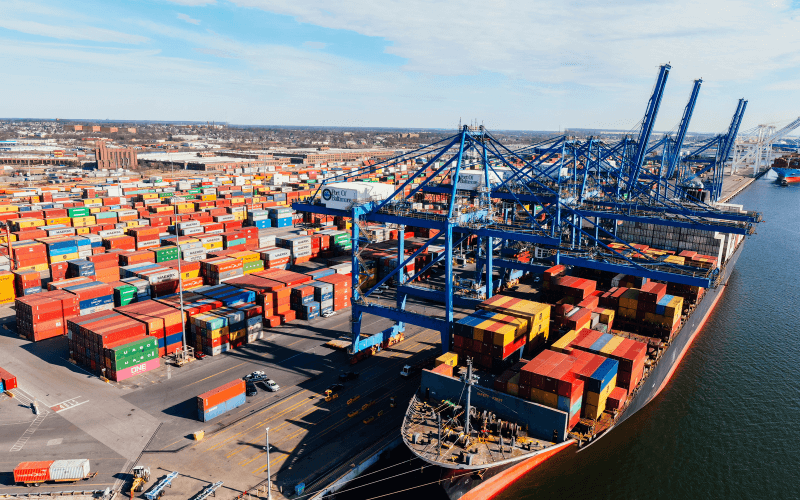
This port’s main port areas are Beilun, Ningbo, Zhenhai, Chaunshan, and Daxie. Ningbo Port Group operates it. It comprises 309 berths interconnecting a large number of ports (about 600 ports in all) in 100 countries.
The recent merging of this port and the Port of Zhoushan resulted in the enhancement of the combined TEU capacity of the two ports, which reached a value of 16.83 million TEUs.
4. Port of Shenzhen
The Shenzhen Port comprises the ports of Yantian, Dapeng, Nanshan, Dachan Island, Xiaochan Island, Dachan Bay, and Bao’an, which lie along the coastline of Shenzhen in China.
Shenzhen Port is home to over 40 shipping companies that offer shipping services to over 130 countries worldwide. About 560 ships visit the port each month.
The Port has 140 berths, including 43 for ships weighing 10,000 DWT and more, 18 container berths, 9 consignee berths, 18 passenger ferry berths, and 23 non-production berths.
The Shenzhen Port handled 24 million TEU in the first 10 months of 2023, compared to 28.77 million TEU in 2021.
Shenzhen Port has grown rapidly over the years due to its strategic location near Hong Kong. It handles all kinds of goods, but major export items are mechanical and electronic parts, computer products, mobile phones and AV Equipment.
5. Port of Qingdao, China
The World’s largest iron ore port, or “the Port of Qingdao”, was established at the entrance head of the Bay of Jiaozhou of Shandong Peninsula and ordered at the eighth position in the world’s biggest ports ranking as per cargo capacity.
This port is managed by a state port group named Qingdao City Port Group and is self-sufficient in handling cargo of about 400 million tonnes or more.
It handled 23.89 million TEU in 2023 and is the largest Chinese port for crude oil transportation.
This port was developed by merging three ports: the oil port of Huangdao, Qingdao Old Port, and the new port at Qianwan. This port interconnects about 130 countries through a network of about 450 ports. It is the only port in its locality that is well-equipped with high-tech facilities and a well-established industrial zone.
6. Port of Guangzhou, China
The largest port in Southern China, Guangzhou, enjoys connectivity with over 300 ports in almost 100 countries. The port forms the mainstay for the industrial belt in the Guangxi, Yunnan, Hunan, and Jiangxi regions. The port of Huangpu also forms part of the Guangzhou port.
The cargo handling capacity of the Port of Tianjin and the Port of Guangzhou differs little. The port of Guangzhou can handle cargo of more than 460 million tonnes. It handled 20.8 million TEU in 2023.
In its beginning stage in 1999, this port was constructed between the Perl River delta.
In its initial stage, it was made to handle only a hundred million tons of cargo. Still, this capacity experienced growth and expansion, so the total cargo handling capacity reached the present capacity of about 460 million tonnes, more than four times the 100 million tonnes in 1999. This expansion in port capacity was an invitation to more trade from these ports and increased cargo traffic.
The four key areas of this port, which are the busiest port locations, are Downtown Port, Xinsha Port, Huangpu Port and Nansha Port Area. If the top order of ports is set based on their loading and discharging, especially for coal, then this port in China tops the queue.
7. Port of Busan, South Korea
The Port of Busan, also known as Pusan, is South Korea’s largest port and second-largest city. It is the 10th biggest port in the world and is situated on the Naktong River. The port forms a major commercial getaway between the Pacific Ocean and the countries belonging to Eurasia.
The Port of Busan is located in the Naktong River Delta. Its handling capacity is about 298 million tonnes of cargo. In 2022, it handled 22 million TEUs.
Busan Port Authority manages, operates and is responsible for the proper functioning of this port. Port of Gamcheon and Dadaepo, along with South and North ports, are the key ports that comprise the Busan Port.
It is a major port in South Korea, and it is a major portion of the country’s fishery production; the export of bulk freights and container freights is catered by this port alone. The catchment area over which this port is stretched is figured out to be 840,000 m² and can handle 169 vessels simultaneously.
8. Port of Hong Kong
Situated by the South China Sea, Hong Kong deepwater seaport is one of the biggest ports in the world and one of the busiest container facilities. It also handles raw materials and passengers.
The natural shelter and deep waters of Victoria Harbour offer perfect conditions for port operations.
Hong Kong Port has 9 container terminals that span 2.17 square kilometres, with 18 berths and a 6592 m deep water frontage. It handles imported items like manufactured products, mineral fuels, and chemicals. Major exports comprise electronics, clothing, jewellery, and machinery.
According to statistics released by the Census and Statistics Department, total port cargo throughput reduced by 14.9 per cent to 44.5 million tonnes in the second quarter of 2023 compared with the same period of 2022.
It handled 3.69 million TEU in the second quarter, a decrease of 21.9 per cent compared to the same period in 2022.
9. Port of Tianjin, Tianjin China
The Tianjin port in China is ranked third among the biggest ports in the world. It is the third-largest port in China and the single-largest port in the northern part of the country.
With the latest developments in shipping industries, the amount of cargo increased to an average of 5.3%, and containers increased by 6.2%.
Tianjin Port handled more than 11.35 million TEU in the first half of 2023, an increase of 8 per cent yearly, making a new record. Its cargo throughput reached 241 million tonnes in this period, an increase of 2.1 per cent.
The cargo handling capacity of this port is such that it can handle cargo of about 476 million tonnes at a time.
This port, operated by the Tianjin Port Group of companies, is constructed at the outlet of a North China river named Haihe River, with a combined area of land and water of 131 km² and 336 km², respectively. It serves as an interconnector between 500 ports of about 189 countries. This Chinese port features 159 interconnected berths in aggregate to form an excellent port network.
10. Port of Rotterdam, The Netherlands
The Port of Rotterdam safely handles 441.5 million tonnes of cargo. Its approximate length is 12426 hectares to 42 kilometres. It has an industrial complex within its environs.
Rotterdam Port handled 10.2 million TEUs from January to September 2023, moving 329.9 million tonnes compared to 351 million tonnes in the same months of 2022.
It is the deepest in northwestern Europe and allows for the deep docking of ships. The regional government is implementing a development programme for this port that will approximately double its cargo handling capacity.
The European port served as the largest port in the world for 42 years, between 1962 and 2004, before Singapore and Shanghai surpassed it. The Rotterdam port is the largest in Europe.
11. Port of Suzhou
This port also has a high ranking when ranked according to its business, and it is placed in the category of busiest inland river ports around the globe.
The Suzhou Municipal Government owns and manages the port functionalities. It is constructed on the Yangtze River at its lower reach and has major port areas, namely Changshu, Zhangjiagang, and Taicang.
These port areas comprise 224 berths and transact with more than hundreds of national and international shipping routes. The Suzhou Harbour Administration Department manages all the activities at the port, which is employed mainly for transporting various construction materials and coal.
12. Port of Dalian, China
Port of Dalian handles more than 303 million tonnes of cargo.
Dalian Port Company owns this port and is responsible for all port activities. There are about eighty berths, and seven significant areas of Dalian Port are Daliangang, Ganjinzi, Dalianwan, Nianyuwan, Xianglujiao, Dayaowan, Heizuizi, and Si’ergou. The port connects more than ninety-nine shipping lines around the globe.
It is a regional port responsible for almost all the regional transportation in the vicinity.
Conclusion
On a concluding note, it is not wrong to say that China is at the top in port development and management. According to their respective cargo-holding capacities, seven Chinese ports are among the top ten biggest ports worldwide.
Chinese Port of Shanghai topped the list due to its highest cargo-carrying capacity among all the ports developed. This ranking of the ports is based on container handling capacities in a million tonnes.
These ports have cargo handling capacities varying from cargoes of 298 million tonnes to 744 million tons. This is one basis for ranking the world’s top ten ports, whereas they can also be ranked based on other standards, such as standard cargo dimensions in TEUs.
Thus, China also dominates the list of ports ranked according to the number of units of standard-dimension containers transported through ports.
Disclaimer: The authors’ views expressed in this article do not necessarily reflect the views of Marine Insight. Data and charts, if used, in the article have been sourced from available information and have not been authenticated by any statutory authority. The author and Marine Insight do not claim it to be accurate nor accept any responsibility for the same. The views constitute only the opinions and do not constitute any guidelines or recommendation on any course of action to be followed by the reader.
The article or images cannot be reproduced, copied, shared or used in any form without the permission of the author and Marine Insight.
Do you have info to share with us ? Suggest a correction
Subscribe To Our Newsletters
By subscribing, you agree to our Privacy Policy and may receive occasional deal communications; you can unsubscribe anytime.
Web Stories

About Author
Zahra is an alumna of Miranda House, University of Delhi. She is an avid writer, possessing immaculate research and editing skills. Author of several academic papers, she has also worked as a freelance writer, producing many technical, creative and marketing pieces. A true aesthete at heart, she loves books a little more than anything else.



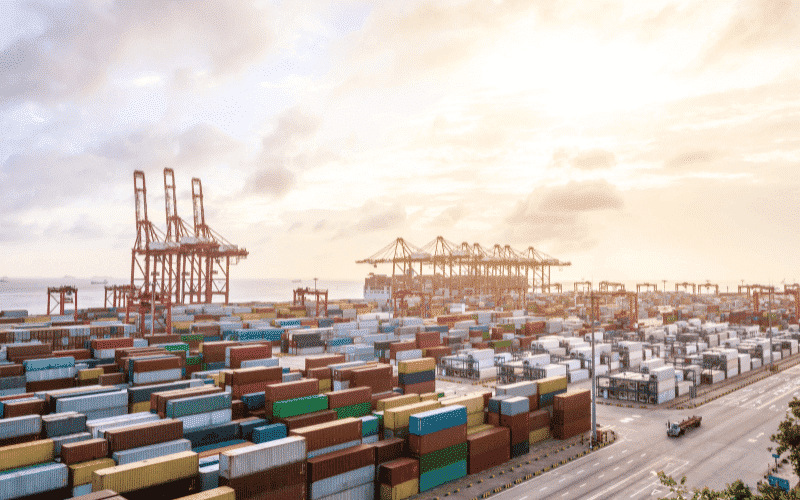
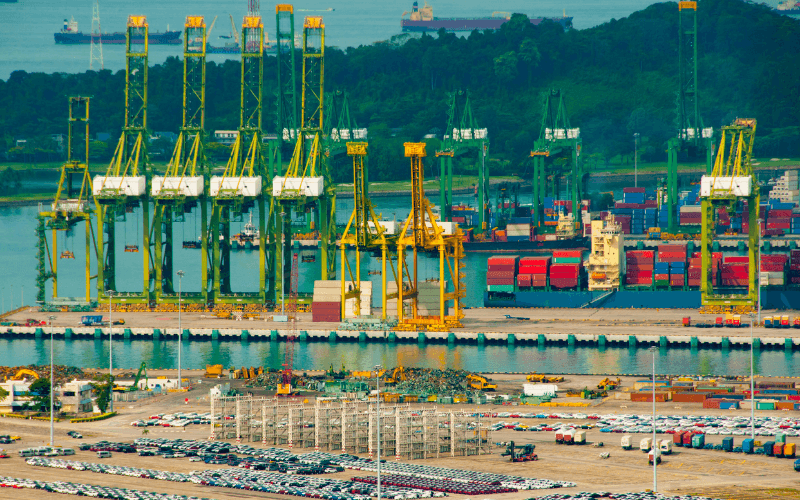
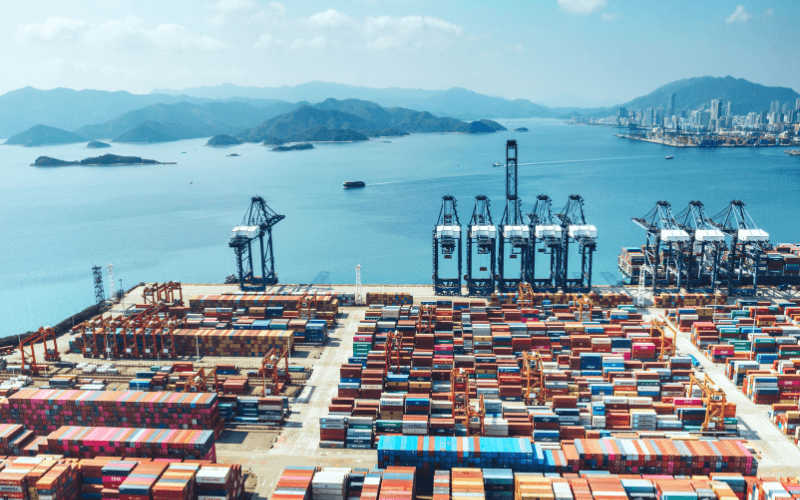
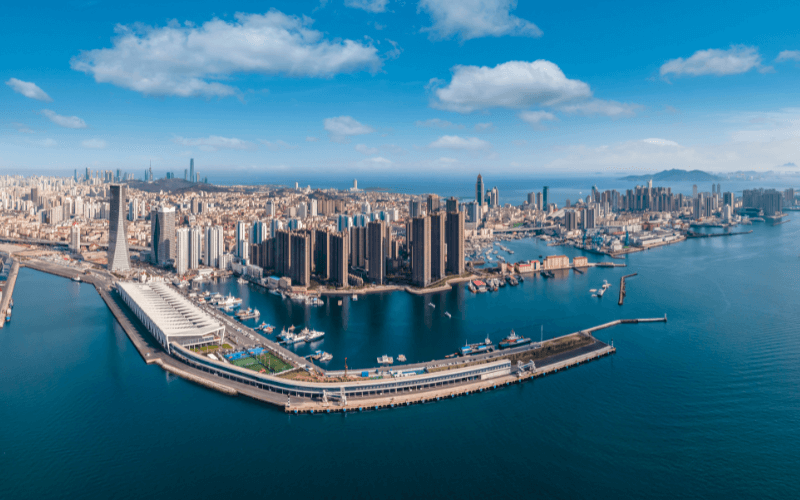
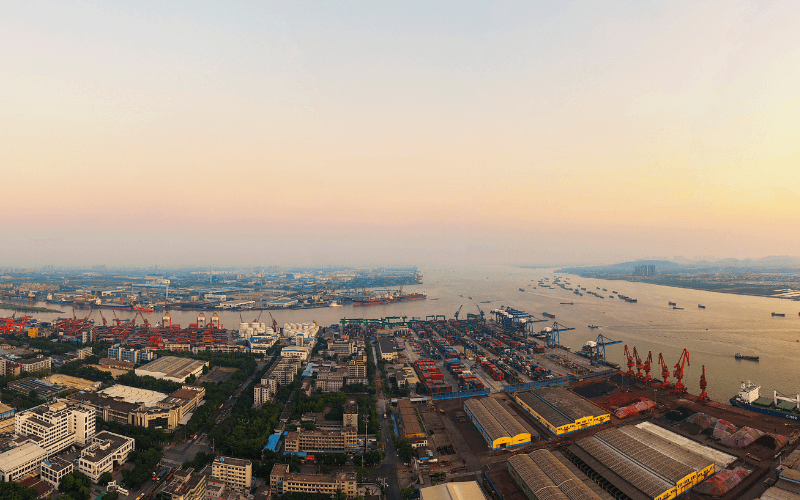
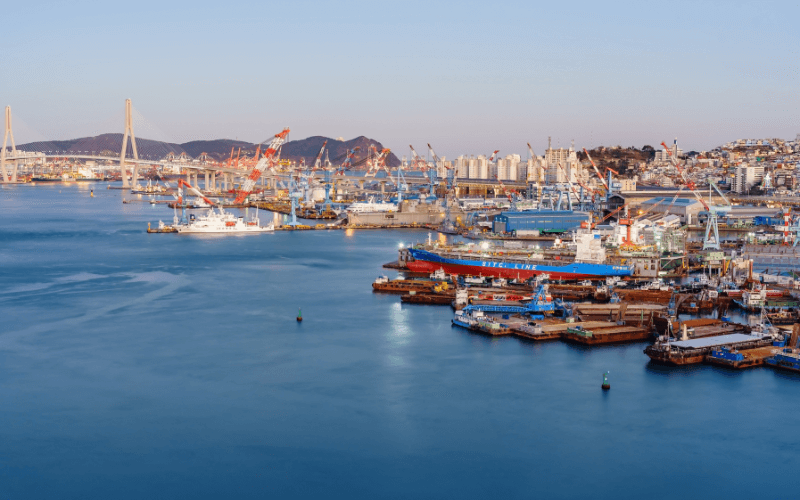
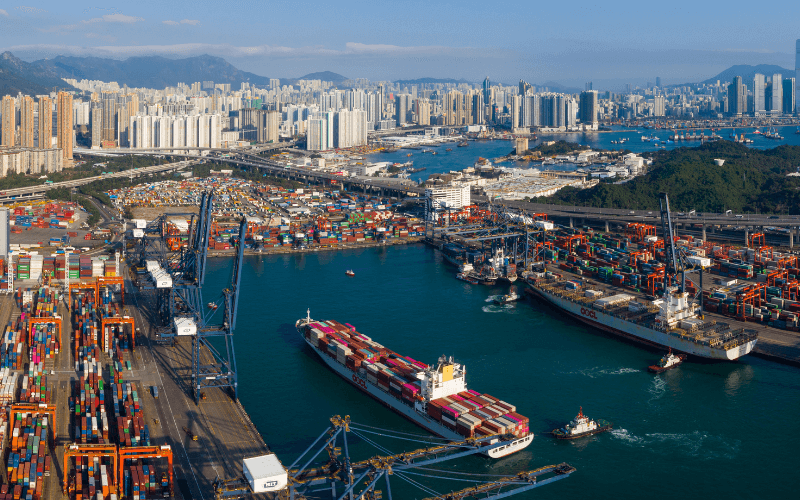
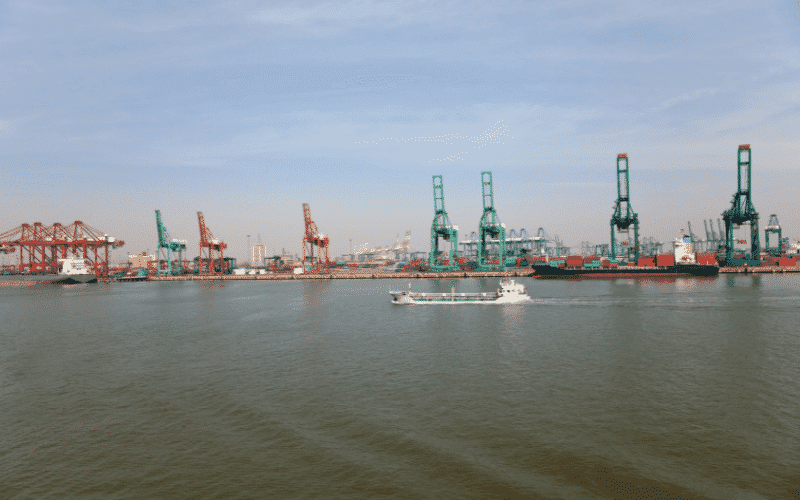
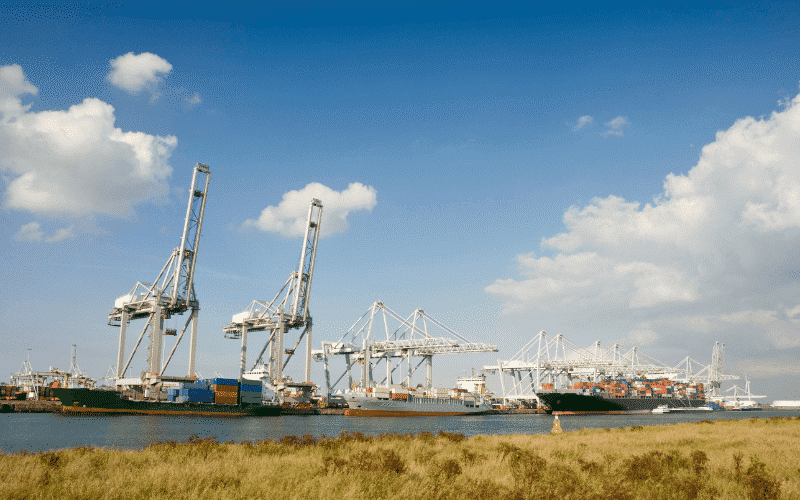

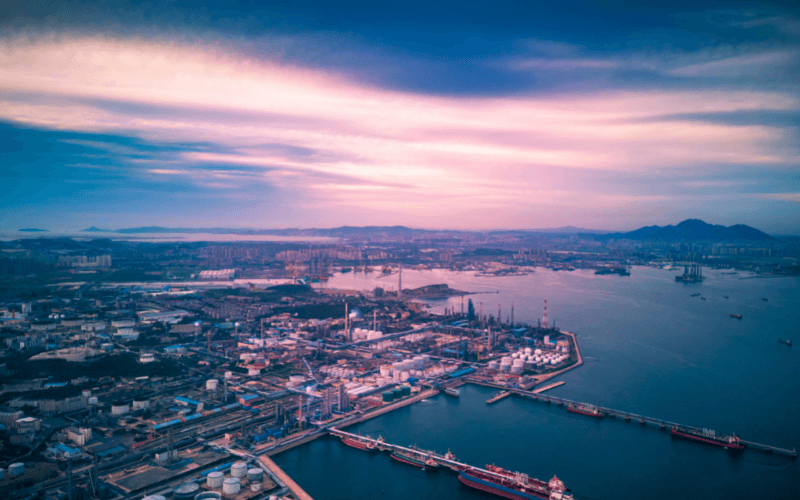






Shipping is my dream career.
All the world’s biggest ports are in china this is serious
Chinaaaaaa.!!!!!
Cool every thing is located in china? What about russia and US they are also having ports up to china isnt?
some wonder full concept in this web site am properly using this major port in the word
than you ……………..
Thanks for sharing information on biggest ports. Here i found the updated list of the ports: https://www.ship-technology.com/features/feature-the-worlds-10-biggest-ports/. I found them interesting with specification like cost involved and sizes of the ports.
China is wonderful country! How is it about African Ports?
No wonder china will soon the world’s largest economy. Is it because of their population or ….
BIG UP CHINAAAAAAAAAAAA
China is now at the top
Does port of port of beanventura colombia, port of Manzanillo mexico and porto rico port of san juan has PCS?
Singapore port is Singapore 🇸🇬, not China